1. I2C Protocol
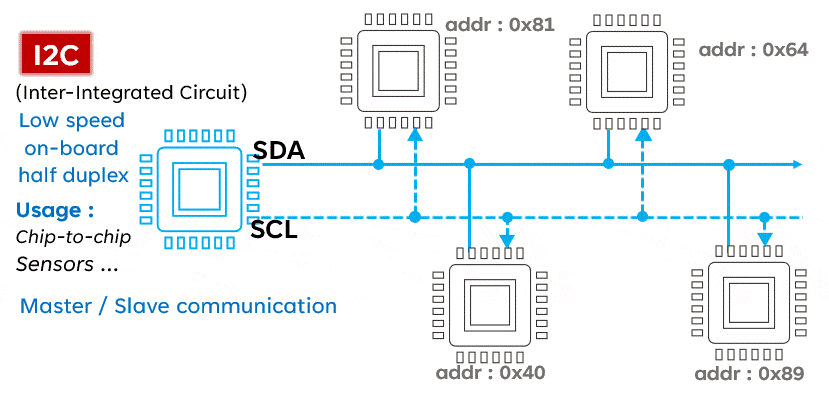
-
Multi-device support: I2C supports multiple devices connected to the same bus, each with a unique address. -
Simplicity: The I2C protocol is relatively simple, making it easy to implement and debug. -
Low power consumption: Devices on the I2C bus can enter a low-power mode when idle, saving energy.
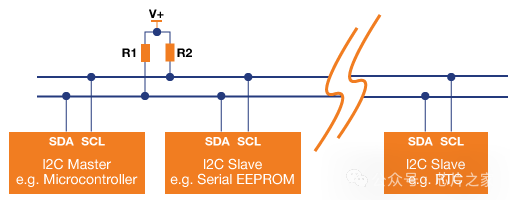
Disadvantages:
-
Slower speed: I2C communication speed is lower, suitable for low-speed devices. -
Restrictions: The bus length and the number of devices on I2C are limited; a long bus may cause communication issues. -
Conflicts: Conflicts may occur when multiple devices attempt to send data simultaneously, requiring additional conflict detection and handling mechanisms.
2. SPI Protocol
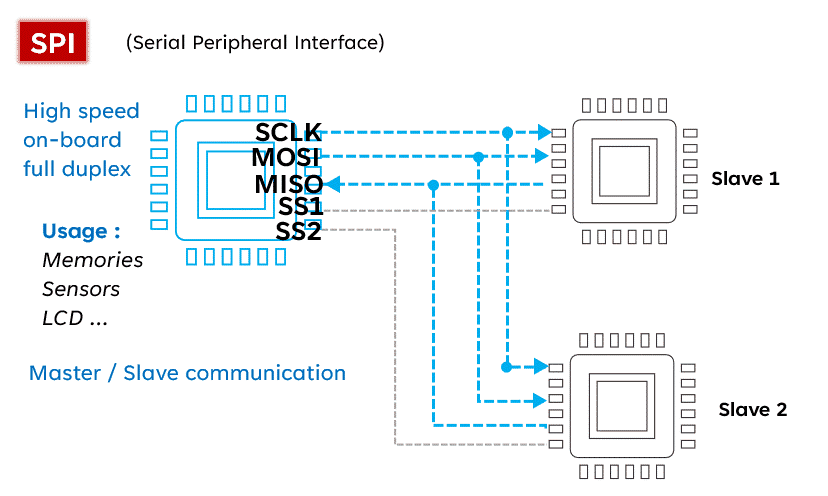
-
High speed: SPI communication is fast, suitable for applications that require high speed. -
Full duplex: SPI supports full-duplex communication, allowing simultaneous data sending and receiving. -
Simplicity: The SPI communication protocol is relatively simple, suitable for rapid development and implementation.
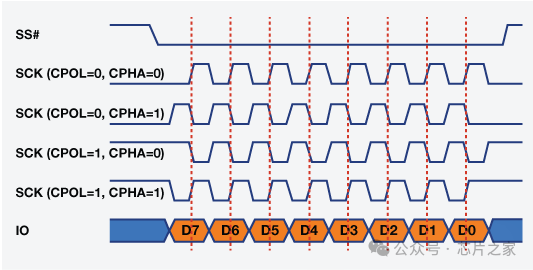
Disadvantages:
-
Complex wiring: SPI requires multiple wires for connection, which may increase the complexity of hardware design. -
Limited long-distance transmission: The transmission distance of SPI is limited; overly long lines may lead to signal attenuation and interference. -
Master-slave mode limitations: SPI typically adopts a master-slave model, limiting the number of master devices, making it unsuitable for multi-master device scenarios.
3. UART Protocol
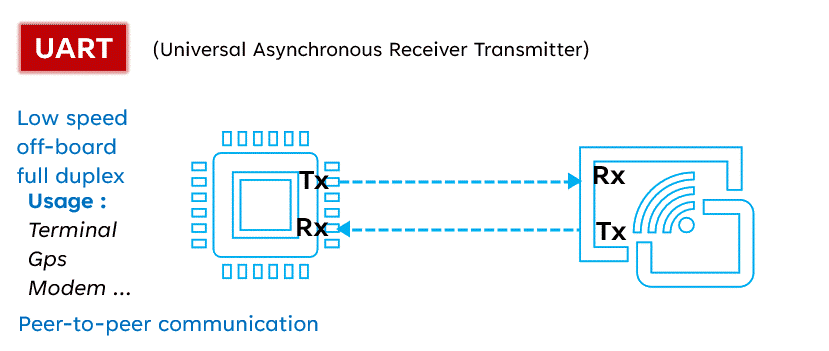

Advantages:
-
Simple: The UART communication protocol is relatively simple, making it easy to implement and debug. -
Wide applicability: UART is widely used for communication between various devices, offering good compatibility. -
Distance: UART communication can cover long distances, suitable for scenarios requiring long-distance transmission.
-
Slower speed: UART communication speed is relatively low, making it unsuitable for high-speed applications. -
Duplex: UART communication is duplex, allowing low-speed duplex data transmission for sending and receiving data. -
Unreliable: Due to the asynchronous nature of UART, it may be affected by noise and interference, leading to unreliable data transmission.
-
Connection between microcontrollers and peripherals: Used for simple direct data exchange. -
GPS modules and serial interfaces with computers: Used for reliable, low-complexity communication. -
Industrial machines: UART is commonly used in industrial equipment for stable communication. -
Using RS standards (like RS-232, RS-485): These standards support longer distance UART communication and allow the creation of multi-slave networks with appropriate transceivers, increasing the flexibility and breadth of UART applications.
-
Communication speed: SPI offers high speed, UART provides high flexibility, and I2C is suitable for configurations requiring low speed and simple wiring. -
Circuit design: I2C allows efficient spatial management of multiple devices, SPI can enhance performance in large designs, while UART offers simplicity and versatility. -
Distance and communication environment: UART is stable over long distances, while I2C is better suited for short distances. -
Duplex requirements: SPI and UART provide full-duplex functionality, while I2C is limited to half-duplex.
4. Conclusion
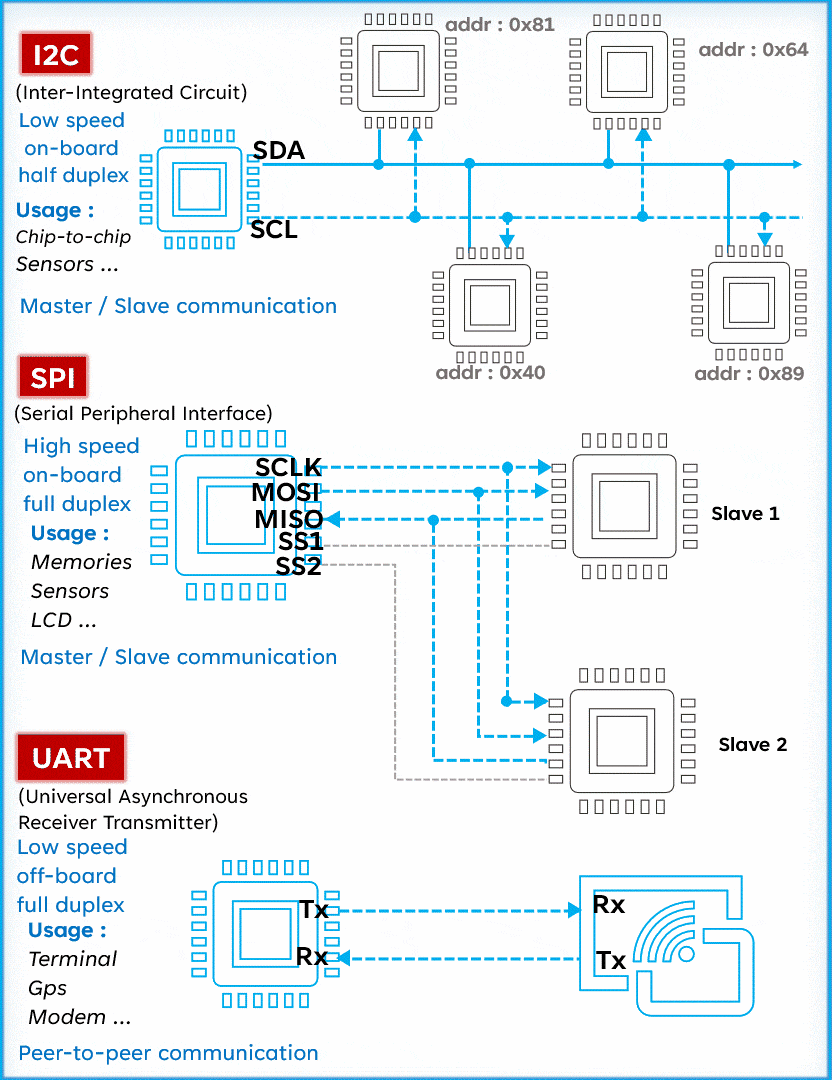

END
Author: Xiao Yu